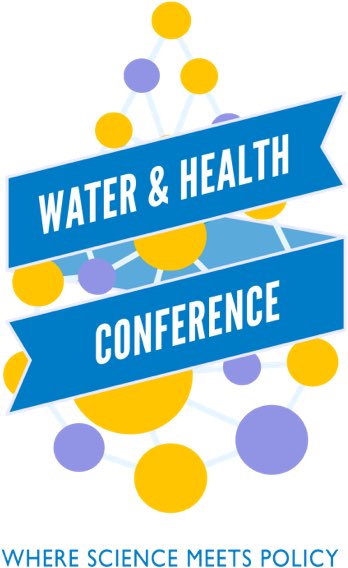Post
Published on October 19, 2022
The Safe Water Optimization Tool (SWOT) team will be at the upcoming UNC Chapel Hill Water and Health Conference, October 24 to 28, at the University of North Carolina Chapel Hill.

James Brown, our field technical advisor, will be running a technical training on the SWOT during the lunch-hour special session on water quality toolkits on Monday, October 24.
Camille Heylen, our collaborator from Tufts University, will be presenting a poster on our latest field trial in Uganda, looking at how the SWOT can help optimize water safety when using surface water sources delivered by piped network or by water trucking. Her presentation is on Wednesday, October 26 from 5:15 to 6:30 p.m.
Virtual and in-person registration is still open here, so come on out, meet the team, and learn more about the SWOT!
Themes | Global Health & Humanitarianism |
Status | Active |
Related Work | |
Updates |
N/A
|
People |
Syed Imran Ali, Research Fellow, Global Health and Humanitarianism - Active
James Brown, Associate Course Director, Humanitarian Water Engineering; Technical Advisor, Safe Water Optimization Tool - Active |
You may also be interested in...
Nineteen Exceptional Scholars Awarded 2024-2025 Dahdaleh Global Health Graduate Scholarships
The Dahdaleh Institute is delighted to announce this year's recipients of the 2024-2025 Dahdaleh Global Health Graduate Scholarships, and we extend our warmest congratulations to the following recipients: "We are proud and elated to support ...Read more about this Post
Dahdaleh Faculty Fellows Receive Lassonde Research and Impact Awards
Three outstanding Dahdaleh faculty fellows received Lassonde Research Awards Celebration recognizing their exemplary achievements. Professor Stephanie Gora received Lassonde Innovation Fund in Category C: Research Projects Working Directly on or Towards one of the UN ...Read more about this Post
Hot off the Press – New Opinion Article Publication: DATA: A Key for Unlocking Quality in WASH Programming
A new article has been authored by experts from the Dahdaleh Institute for Global Health Research and collaborators from mWater, the Mortenson Center, Aquaya Institute, Global Water Challenge, and ETH Zurich. The paper, titled Challenges ...Read more about this Post
